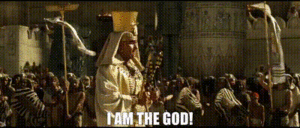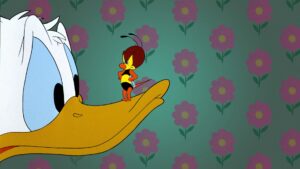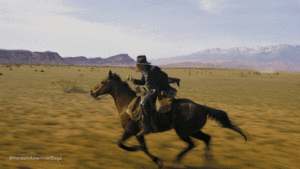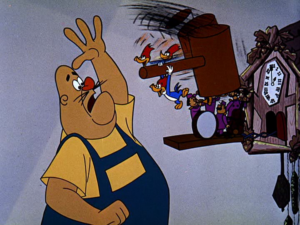Sekiro: Shadows Die Twice (2019)

…………………………………………………
Sekiro: Shadows Die Twice Game Review
Sekiro: Shadows Die Twice is a 2019 action adventure stealth video game developed by FromSoftware and published by Activision. It was released on multiple platforms, including PC. It is the hardest game I’ve ever played.
………………………………………………….
“Hesitation is defeat“
…………………………………………………..
…………………………………………………..
Famous for their Soulsborne games, FromSoftware is a renowned modern developer that is admired by fans for extreme difficulty and interesting gameplay mechanics. Sekiro was their foray into entirely new franchise IP and a highly successful one in terms of both sales and critical reception. But I personally find it to be an overrated game that is admirably original, but way too difficult to appeal to me more.
The gameplay mechanics are very complex and unique as there is nothing quite like it in gaming. It is an action adventure game that contains some significant stealth elements. I wouldn’t personally call it a full-on stealth game, but those elements are nonetheless highly important as you are given the option not just to silently kill off regular enemies, but also cut one out of two or three lives from some of the mini-bosses and main bosses. That was an unexpected choice, but it worked given that we are talking about ninjas here.
The game has very weak adventure elements in my opinion. Most have praised its world building and it is quite strong, but at the end of the day this is a pseudo-open world game where you may go anywhere you want, but it is difficult to know where the hell you are supposed to go or what you are supposed to do at any given time due to the atrocious system where whenever you die, major NPCs and bits of information vanish from the game’s world. I hated that element as it was unnecessarily harsh to the player.
…………………………………………………..
…………………………………………………..
But getting back to the world itself, it is intriguing and visually dazzling, but let’s just say that finding these additional potions and items was too difficult and not really as investing as I would have liked from my action adventure games. Thus, this is purely an action stealth game in my book and one that focuses on boss fights so extensively to the point of becoming pretty much all about it throughout most sections in the game. But the worst offender is that the game offers you no map whatsoever, leading to even more frustration while roaming through it. The non-linear story elements also did not work for me as they were too confusing.
Sekiro is renowned for its combat mechanics, which are actually stupendous. Had the game been easier, I would have appreciated it even more, but still I have to admit that the combat is admirably complex and so well thought out. In a truly original twist on the usual fighting formula, all bosses and you as the player have two energy bars. One is for health while the other stands for posture.
What happens when you break that posture is that the enemy is suddenly susceptible to being killed off by a single death blow, making for such a fascinating mechanic as you have to choose at all times whether to wear it down in the regular way or aggressively attack the boss until it falls down sooner rather than later. This choice that the game gives you was excellent and it made the gameplay diverse and very sophisticated.
…………………………………………………..
…………………………………………………..
How you fight pretty much depends on your own skills, tactics and choices being made. There is that very aggressive attacking route, which involves a lot of parrying and deflecting. Deflecting is incredibly difficult to master as you can either successfully deflect the bosses’ attacks or meet your end in a split second. Timing and reflexes are of the essence here. But you can also take the defensive route with either blocking or evading their opponents while waiting for the perfect opening to strike. The former is much more effective but dangerous while the latter is much safer but also much longer and requiring infinite amounts of patience from you.
What makes these boss fights even more difficult is the fact that Sekiro doesn’t give you any additional weapons to speak of. You have your trusted katana and that is pretty much it. In this respect, this is far from an RPG game, though like any other modern game it has those elements in other areas. For one, you get a prosthetic arm, which functions as a toolbox of additional weaponry in its own right.
The arm has the grappling hook, which you use to climb points throughout the entire world within the game and that mechanic is useful for quickly evading enemies too. As for the weapons, the shuriken is very weak and I rarely used it, which is unfortunate as ninjas should be using shuriken often. The large fan is very useful in certain situations with some bosses while the flaming weapon is superb for those earlier bosses that are vulnerable to fire. But obviously the best of the bunch is the firecrackers. These stun most of the bosses, especially those of the monster variety, giving you some room for a couple of easy hits. This weapon pretty much saved my life in a number of boss fights and it’s a shame that the game did not include more of such awesome and useful weapons.
…………………………………………………..
…………………………………………………..
When it comes to the various items on your disposal, there is a lot of them, and this is where the RPG elements kick in the most. You can replenish your health using the Gourd Seeds, nine of which you can eventually host in your possession. These are extremely important obviously and by far the only truly necessary items in Sekiro. Other items include the various attack or defense boosts, which can be helpful, but they require the usage of Sen, which you have to collect by killing off countless of regular enemies.
This was a big issue for me as the prosthetic arm also requires you to use Sen. Thus, the game would make you go on endless grinding sessions whenever you would want to make it easier for you and use either the weapons or the items. It was tiresome and the biggest reason why I don’t particularly like the RPG genre. There are so many of these items, but they are so expensive and coins are not easy to come by, so it isn’t really advisable to go after them. It is better to find them scattered around the world using guides than to buy them at vendors. But even then, most would help you only to a limited degree, so overall they are far from essential.
Sekiro: Shadows Die Twice is aptly titled as you get two lives. When you die, you can either choose to die permanently or to revive if you think you stand a chance for the rest of the fight. But the bosses also have one resurrection and some even have two resurrections, so ultimately you end up on the shorter end of the stick regardless. The game also has no multiplayer, which I appreciated as it did not need it. It also doesn’t have extensive character building options, though some are present, including the skill tree, which is fairly advanced and actually quite well thought out with some skills being pretty useful later down the line.
…………………………………………………..
…………………………………………………..
The game splits its bosses into main ones and mini-bosses. Yes, the main bosses are more difficult, but there are a couple of mini-bosses that were extremely difficult for me to beat, so they also should not be taken lightly. Snake Eyes Shirafuji in particular was so frustrating to kill off successfully. You are basically made to fight on this very small snowy mountain cliff with no ways to escape while he/she has multiple weapons including a freaking gun. This one was infuriating.
Juzou the Drunkard is another one whom I fought countless of times before successfully taking him down. This is because he comes at an earlier part of the game where you aren’t as skilled, but the addition of another NPC guy helping you near the beginning made things more interesting. It’s a shame that this feature did not return more for future bosses. The centipede monsters are also very tough if you don’t deflect while the Headless are best beaten with the purple confetti weapon as otherwise they are too difficult.
The ogre and similar monsters were among the easier mini-bosses and the same goes for most of the warrior bosses beside the samurai generals who were for me extremely difficult as they appeared very early in the game when I had neither the necessary skills nor the resources to successfully deal with them. Blazing Bull is another memorable mini-boss and it’s a shame that we did not get more of the animals and beasts from Japanese mythology here.
Let’s now talk about the main bosses in order of difficulty. Folding Screen Monkeys and Divine Dragon are pretty much disposable, but I actually loved them as these beautifully staged, inventive levels that were easy, but gorgeous and memorable. The latter pleasantly reminded me of bosses from games of yesteryear while the former represented the rare puzzle adventure level in a game that desperately needed more of them.
…………………………………………………..
…………………………………………………..
Gyoubu Oniwa isn’t too difficult in retrospect, but he was quite menacing when I first met him nonetheless and his war cry chilled me to the bone. Corrupted Monk is beatable in and of itself, but the True Monk form was incredibly difficult. These long-spear bosses made it hard to even run away from, let alone fight. As for the apes, they were uniformly unforgettable and so much fun to play against. They were among the most well-imagined bosses as their difficulty level was just right. And just the imagery of these apes shitting and throwing their feces at you as an attack was disgustingly, yet realistically brilliant. Demon of Hatred was I guess infuriating as he certainly looked like it, but I wouldn’t know it as I pretty much cheesed this one hilariously so.
Lady Butterfly is this witch-like character who is until that point in the game the toughest of the bosses. She is best fought with parrying and she requires a lot of patience. The setting of this fight was quite cool with those columns and fiery elements. Genichiro is very difficult at first, but once you get used to his attack patterns, he can be beaten with patience and strong tactics. His final phase with the lightning was badass.
Great Shinobi – Owl is the second hardest boss in the game. He is Wolf’s father, so their story was interesting. In a game that did not quite develop its characters or its story all that well, Owl is the most memorable along with master Kuro. He is extremely difficult, but I actually loved fighting him as the entire battle resembled an epic anime fight in visuals, sound and ferocity. He was a great example of how easier the bosses can be when you go full beast mode on them as sometimes the defensive tactic simply does not work in Sekiro.
…………………………………………………..
…………………………………………………..
Ishin, the Sword Saint is the final boss in the game and he was insane. Not only do you have to once again beat Genichiro before tackling him, but he has three phases, of which the first one is very tedious as you will have to play it defensively while the third and final phase I could only beat using this umbrella weapon to turn his lightning attacks back on him. This is the point in the game where either you have to stock on infinite numbers of weapons and items or you have to be extremely patient and resilient in order to kill this monster of a boss properly.
And that brings me to my final point – is playing and finishing Sekiro really worth it? I did finish the game eventually, but it took me eighty hours, of which almost ten hours for the final boss. At times, the thrill of finally beating the bosses was enough for me, but more often than not I was angry at the game and I could not wait to finally get rid of it. And that is not a good feeling to have in a video game that is supposed to make you feel fun and excitement, which is why I would rate it much lower than the vast majority of gamers.
Graphically speaking, Sekiro isn’t groundbreaking in any shape or form. In terms of polish or truly revolutionary lighting or effects, it doesn’t look special whatsoever. My PC did struggle playing it judging by the growling sound that it made, but you would not notice that it’s a 2019 game in any detail at all. Where the game excelled, however, is in the art direction. The colors are vivid, the character designs are quite impressive, especially of the monsters, and the backgrounds are quite gorgeous throughout. The world building is pretty strong and many areas are breathtakingly beautiful. I just wish that the exploratory elements were better as the game did not use its amazing locations well at all. The storyline also should have been stronger to accompany its interesting mythology more effectively. It is solid with some memorable elements, but it’s really far from great.
…………………………………………………..
…………………………………………………..
The score is among the more forgettable aspects of this game. It is very Japanese in sound and instruments used, but it has no truly memorable themes to present. The sound design is excellent on the other hand, especially of the weapons deflecting and the monsters yelling at you. The highlight is the voice acting as the game is entirely spoken in Japanese, so it resembled a full-on epic shonen anime movie in the cutscenes. The acting is amazing and each performance stood out. The game is already stressful due to its immense difficulty, but when the bosses start yelling at you taunting you, I got literal chills down my spine, which speaks volumes to the intimidating tone and atmosphere of this game.
At the end of the day, Sekiro: Shadows Die Twice is admirably ambitious and unique in its very well thought out combat mechanics and superbly staged boss fights. The world building is great and so is the voice acting. This is an authentic, unforgettable gaming experience that is still frustrating due to its staggering, unforgiving difficulty that made me want to quit multiple times. It is one thing to impose a challenge on the gamer, but it is a whole other thing to needlessly punish them at every turn. This is why I find Sekiro to ultimately be rather overrated and nowhere near as amazing as many would proclaim it to be.
My Rating – 3.8
Ranking Sekiro Bosses by Difficulty:
1. Ishin, the Sword Saint
/cdn.vox-cdn.com/uploads/chorus_image/image/63713265/Sekiro_Isshin_the_Sword_Saint_header.0.jpg)
2. Great Shinobi – Owl
/cdn.vox-cdn.com/uploads/chorus_asset/file/16002654/Sekiro_Great_Shinobi___Owl_guide_header.jpg)
3. Genichiro Ashina

4. Lady Butterfly
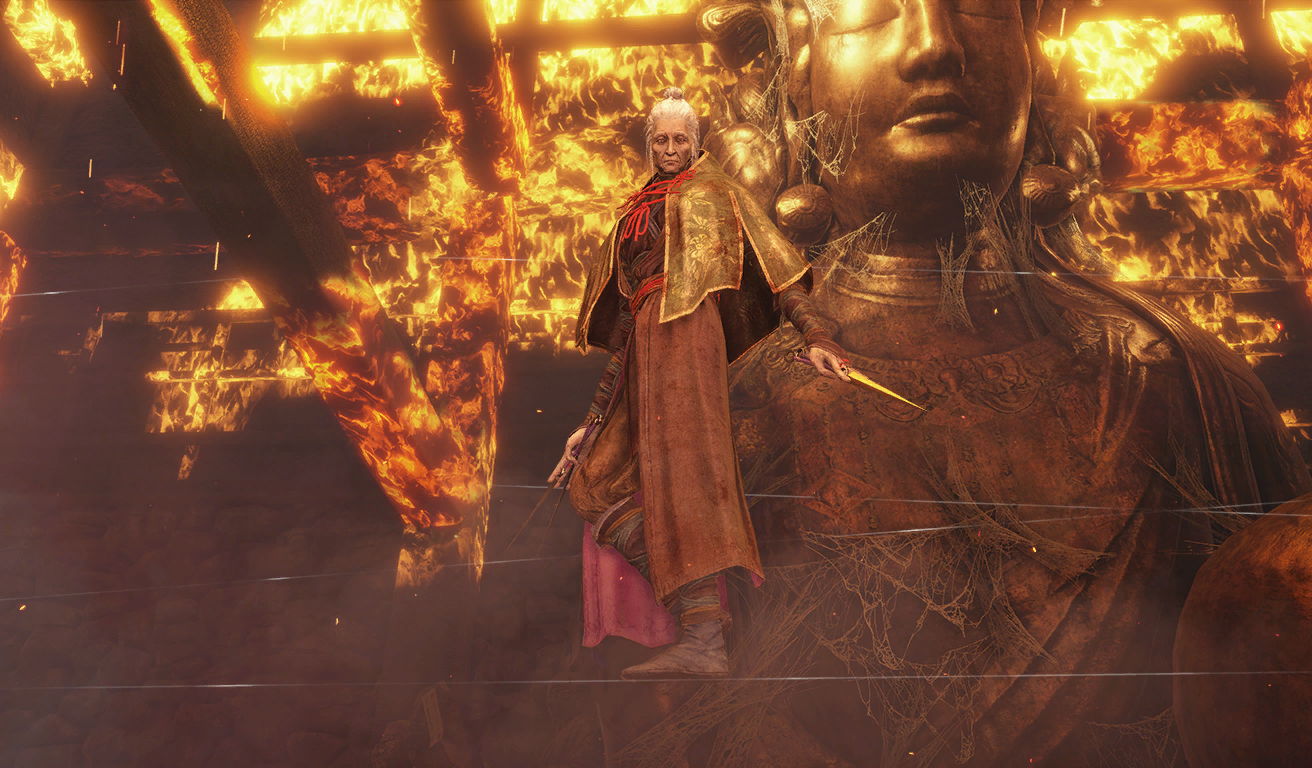
5. Corrupted Monk – True Monk

6. Demon of Hatred
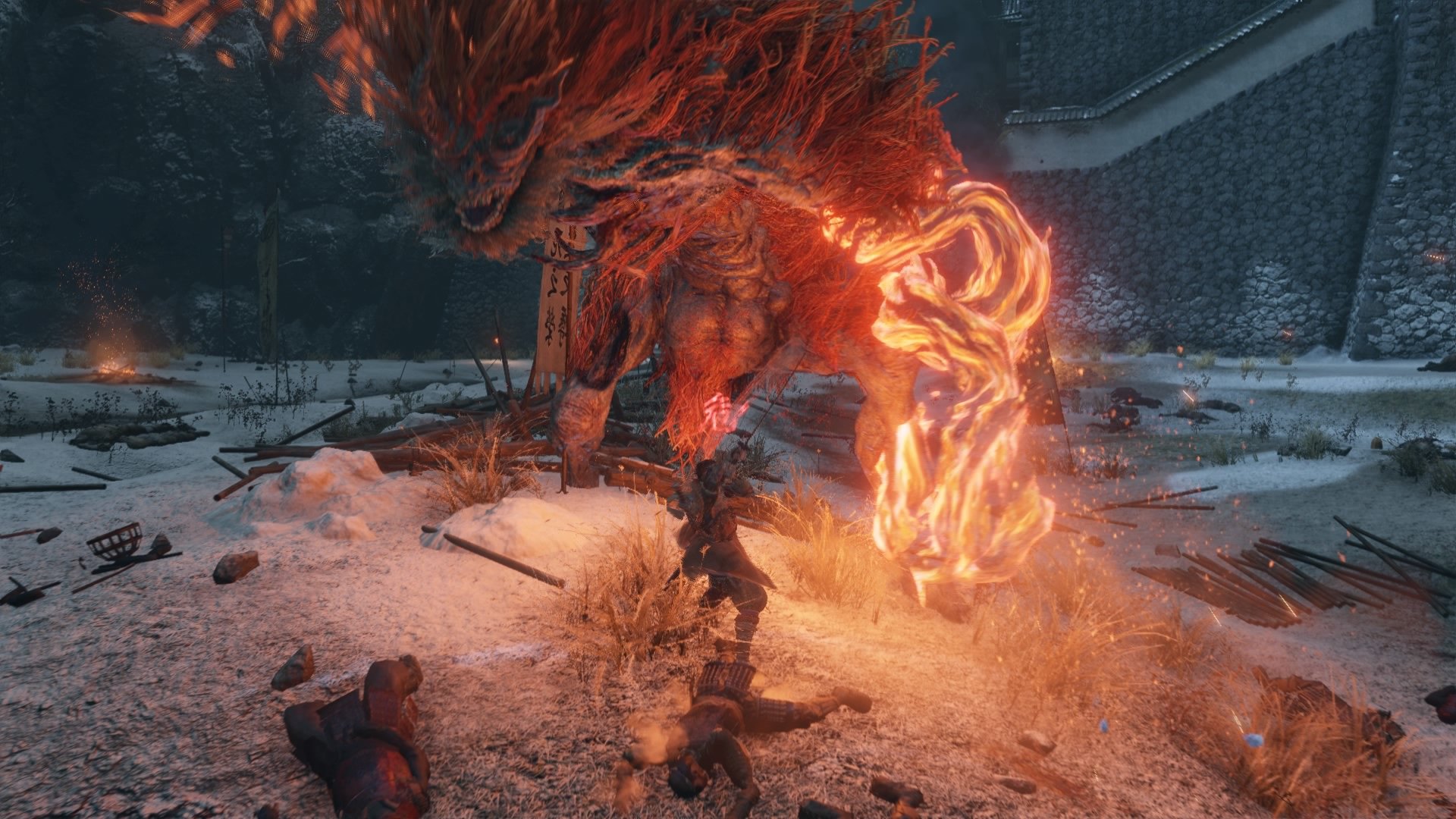
7. Headless Ape

8. Guardian Ape
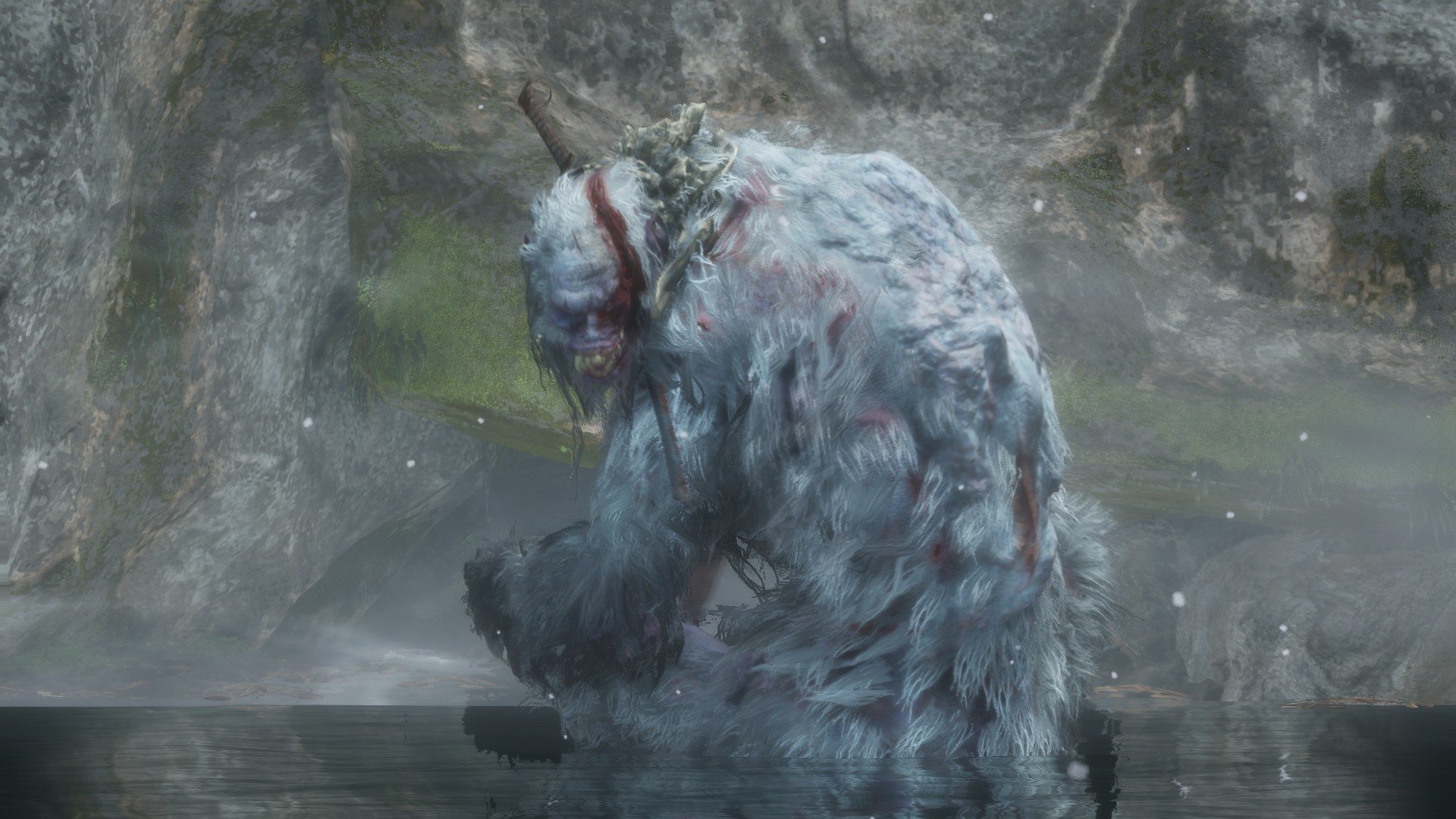
9. Corrupted Monk

10. Gyoubu Oniwa

11. Divine Dragon

12. Folding Screen Monkeys

Ranking Sekiro Mini-Bosses by Difficulty:
1. Snake Eyes Shirafuji
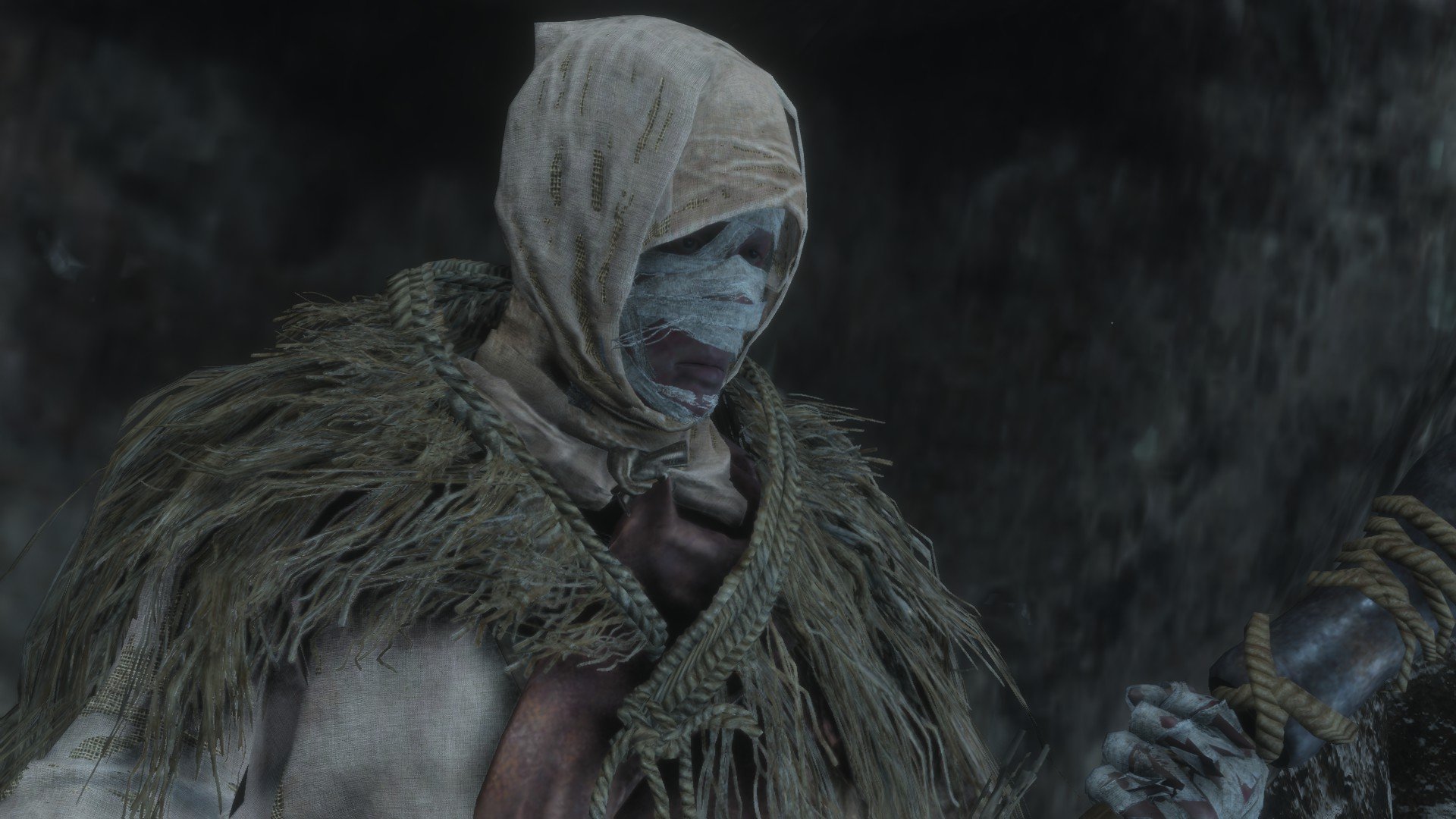
2. Juzou the Drunkard
:no_upscale()/cdn.vox-cdn.com/uploads/chorus_asset/file/15985549/Juzou_the_Drunkard_boss_guide_deathblow.jpg)
3. Long-arm Centipede

4. Seven Ashina Spears

5. Blazing Bull

6. Samurai Generals

7. Ashina Elite – Jinsuke Saze

8. Chained Ogre
/cdn.vox-cdn.com/uploads/chorus_asset/file/15979882/Chained_Ogre_grab_attack_unblockable.jpg)
9. Headless
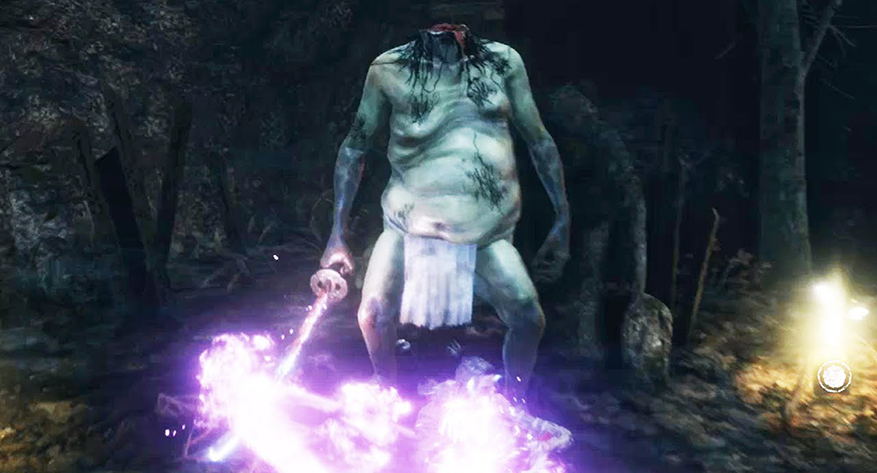
10. Shichimen Warrior

11. Armored Warrior

12. Lone Shadow Longswordsman
![SEKIRO: SHADOWS DIE TWICE - Lone Shadow Longswordsman Boss Fight [PS4 PRO] - YouTube](https://i.ytimg.com/vi/HlL9dr-7yAI/maxresdefault.jpg)
13. Shinobi Hunter Enshin of Misen
![Sekiro - Shinobi Hunter Enshin of Misen [Mikiri focused] No Damage - YouTube](https://i.ytimg.com/vi/VIW2O7rkBnM/maxresdefault.jpg)











